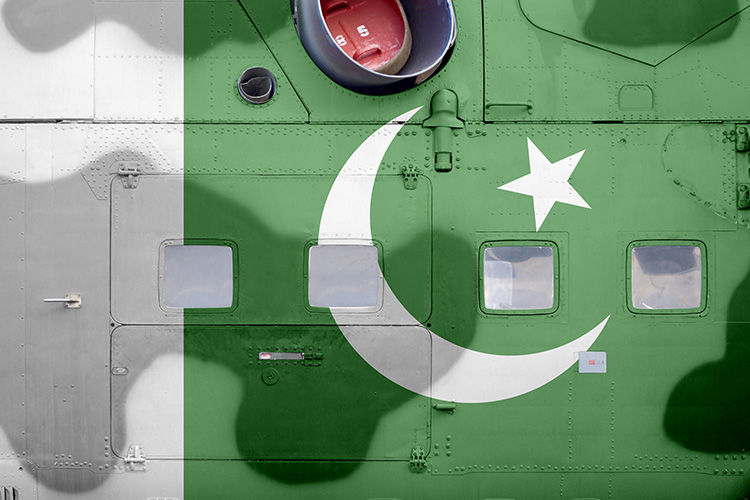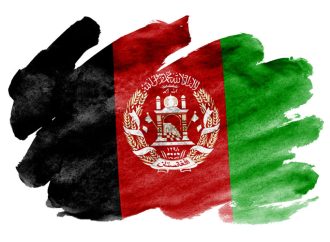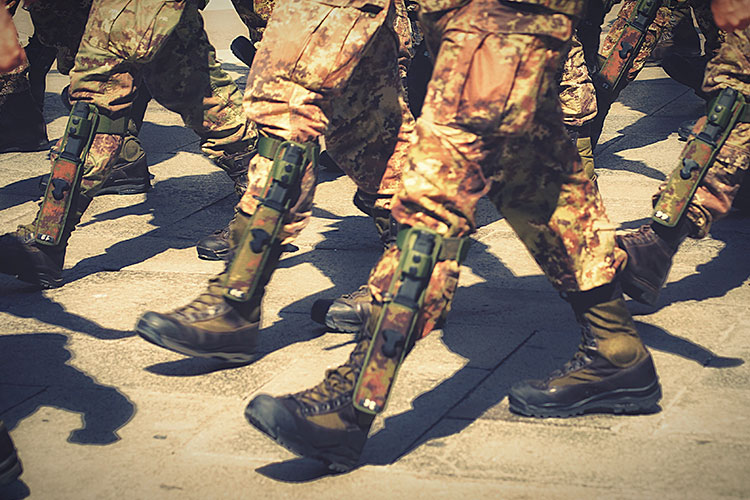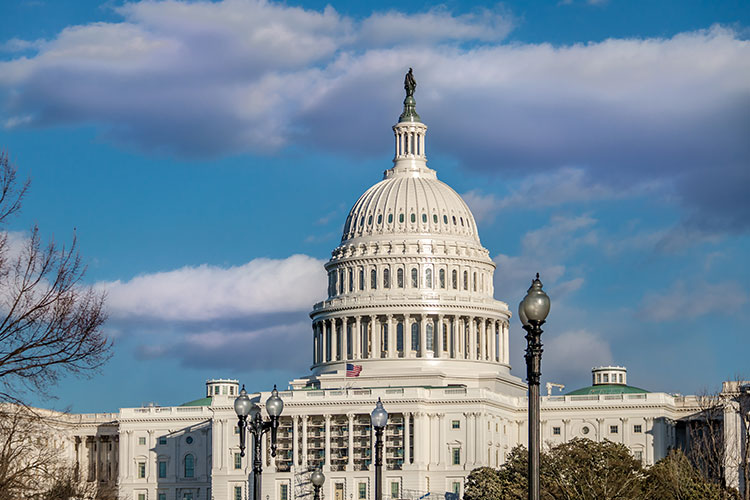India has initiated a different type of war against Pakistan, one which does not require the firing of a bullet or the use of a grenade. Rather, it is a war which involves pen and ink and the rules which one believes should bring about justice and public order. In other words, India has initiated
India has initiated a different type of war against Pakistan, one which does not require the firing of a bullet or the use of a grenade. Rather, it is a war which involves pen and ink and the rules which one believes should bring about justice and public order. In other words, India has initiated lawfare on Pakistan and it is conducting that lawfare strategically on the line of control by refusing to have a formalized ceasefire agreement with Pakistan.
Since the first Jammu and Kashmir war, which took place in the September of 1947, there has been constant tension between Pakistan and India. The LoC, upon which this tension rises and falls, is a 450-mile-long military control line which acts as a frontier, dividing Jammu and Kashmir into two parts, one governed by Pakistan and the other by India. This line was properly defined in the Karachi Agreement 1949, a ceasefire agreement which was reached due to the intervention of the United Nations.
However, this agreement did not last long and conflict between the two nations started again, only to be brought to another halt when the two nations agreed on the 2003 agreement and although this agreement was upheld for only three years, during this time, none of the parties violated it. But after its violation, there has been turmoil at the line of control with countless ceasefire violations being reported every year.
Moreover, India fails to accept its own violations at the line of control. Even when the 2003 ceasefire agreement was violated, it blamed Pakistan and in 2017, when the conflict was at its worst blamed Pakistan for 806 violations. However, when Indian Prime Minister Narendra Modi came into power in 2014, there has been a sharp spike breaches of truce, with 3,000 ceasefire violations having been committed in 2020 alone.
A main reason why India can so freely blame Pakistan for ceasefire violations is because there is no formally written ceasefire agreement between the two parties. Even the 2003 agreement was made verbally. There are no standard operating procedures which can be used as guidelines for the management of the line of control and no legally binding retributive provisions to hold violating party responsible. Instead, India claims to be retaliating whenever this is a violent conflict at the line of control.
Furthermore, the country has been vocal against Pakistan concerning the Financial Action Task Force (FATF). It has accused Pakistan pf providing material support, arms and training to militant groups. At the 75th session of the United Nations General Assembly in Geneva, India’s first Secretary to the United Nations in Geneva, Pawan Kumar Badhe, also accused Pakistan of harboring terrorists along with having ‘full scale training camps and launchpads of terrorists’ which are being escalated in Pakistan occupied Kashmir and ‘at great expense, for sustaining cross border terrorism against India’.
This, when one gives the matter thought, is how India may be using the LoC as a means of lawfare against Pakistan, by blaming it for violating the ceasefire agreements first and then using this as an excuse to open fire itself. The lack of a formal agreement creates confusion and chaos, as Pakistan has also blamed India for the ceasefire violations, with blaming it for 1300 violations and 100 deaths in 2017.
Not having a formally written document which lays down the provisions required for an effective and peaceful patrolling of the LoC puts both parties at a disadvantage, especially for holding the correct violator responsible. But it also provides them with the freeway to continue blaming one another. Considering the Karachi Agreement, we realize the benefit of a written agreement can because the provisions of the Karachi Agreement were indeed met.
Yet, the United Nations Commission for India and Pakistan expressed that the agreement was for military purposes and that political issues were not considered. Although, after the 1965 and 1971 wars, the two nations entered into two more agreements and the Karachi agreement is close to being redundant. Nevertheless, when it was made, the parties adhered to it. Thus, if only considering military matters is the solution, then there should be a formally written document which concerns ceasefire. Afterall, it is the military who is at the line of control, not the politicians.
Moreover, Pakistan is indeed keen on having a formalized agreement, specifically to formalize the 2003 agreement but India appears rather reluctant. A proposal was made in 2015 by the former Prime Minister of Pakistan, Nawaz Sharif at the 70th session of the United Nations General Assembly and in 2016 by Abdul Basit, the Pakistan High Commissioner in New Delhi. But India has either remained quiet or has answered in the negative, replying in the UN General Assembly that the only point of discussion they need is one, i.e., for Pakistan to give up terrorism.
From this, it can be understood how India is initiating lawfare against Pakistan. On the point of terrorism, it is refusing to formalize a ceasefire agreement and is demanding Pakistan to prove its sincerity. To any reasonable person, this can only be seen as an excuse to continue the ongoing conflict, a meaningless bloodshed and violence which has claimed the lives of so many already and has taken the nation nowhere.
Nevertheless, a ceasefire agreement has recently been reached between the two nations, which has been described as being ‘surprising, and potentially huge’. This agreement has been welcomed by the United States and the United Nations but, what is of importance is that it was reached not by the Parliamentarians of the two nations but rather, by the Director Generals of the nation’s armies. They discussed core issues and concerns and agreed to strictly observe the ceasefire, after eighteen years since the 2003 agreement. However, what is of importance is the fact that, like the 2003 agreement, this agreement has not been formalized, making many wonder how long it will hold.
It leads to the understanding that until the politicians adhere to the responsibilities, they have due to their role and formalize the agreement, the conflict at the line of control is most likely continue, despite the militaries attempts at creating a peaceful environment at the border. The politicians of India must have a formalized ceasefire agreement, despite their reservations for Pakistan’s support of terror groups.
Therefore, India indeed seems to be using the LoC to initiate lawfare upon Pakistan. However, it is not doing so directly but, rather, indirectly by using the LoC. This is because by placing the condition of Pakistan ending its support for terrorist groups, pushing to have Pakistan grey listed in FATF and refusing to accept its responsibility in achieving peace, it is allowing its lawfare against Pakistan to bring about the warfare it is blaming Pakistan for at the line of control.
- Afghan Peace Process: Is it failing? - June 10, 2021
- Explainer: Water Crisis in Pakistan - June 8, 2021
- Pakistan Lens: the Israel-Palestine Conflict - June 3, 2021












1 Comment
SAGill
March 12, 2021, 1:31 pmA very good article and very thorough research. Good work.
REPLY